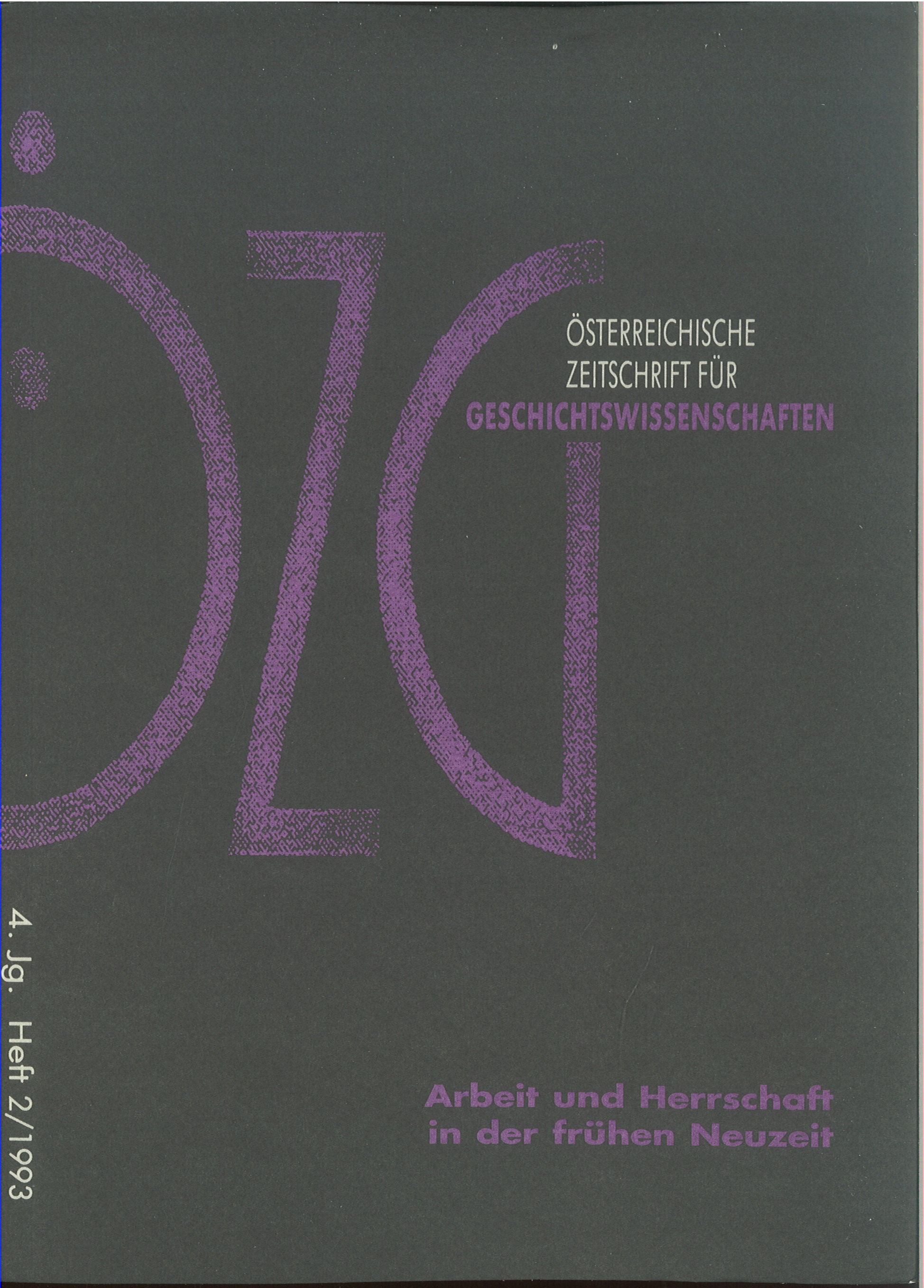Die Weitergabe von Betrieb und Gerechtsame im lnnsbrucker Schuhmacherhandwerk vom 16. zum 19. Jahrhundert
Ein Forschungsberich
DOI:
https://doi.org/10.25365/oezg-1993-4-2-5Abstract
The central objective of this case study of shoemakers in Innsbruck (Austria) is to depict and analyse the various forms of social reproduction among urban artisans. In contradiction to the generally accepted assumption, about the Gerechtsame-license being passed on from father to sonor to a journeyman having married into the family, the author succeeds to show that during the 17th century this was rarely the case. And although the requirement of obligatory journeying was subsequently abandoned and a growing trend to less mobility increasingly characterised urban society, by the end of the 18th century the ratio of master artisans acquiring their Gerechtsame-license according to this pattern had still not reached more than 50 percent. The pattern of the Gerechtsame-transfer from one person to another was again to change drastically du ring the 19th century, when the reforms of the guild regulations and the new trades-legislation (the 1859 Gewerbeordnung) legalised the purchase of Gerechtsame-licenses for money.


